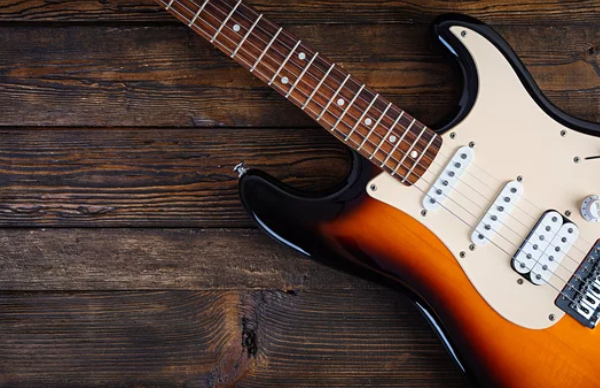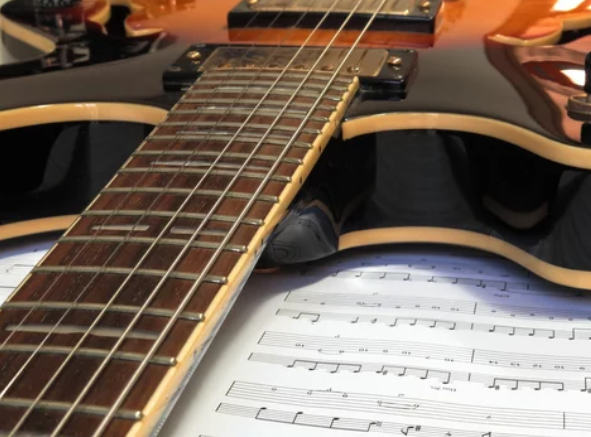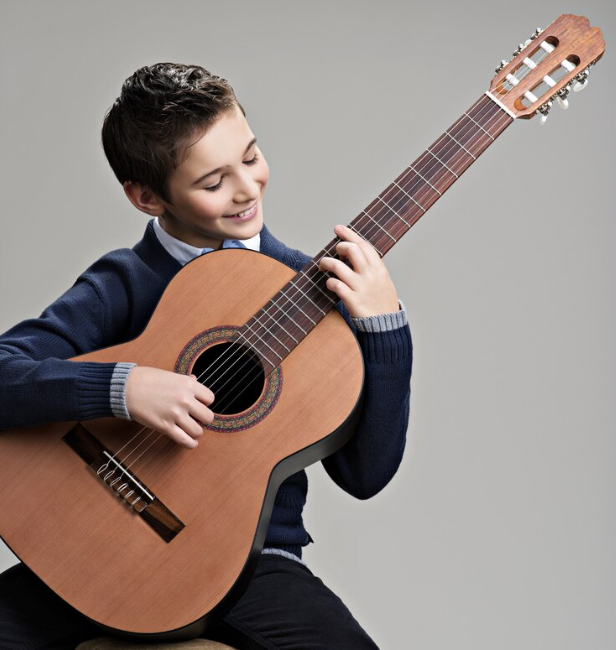Easy Ways To Play The A Major Scale
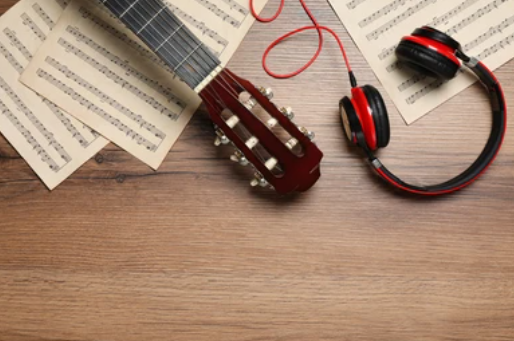
Practicing the A major scale offers valuable benefits, regardless of whether you’re a guitar novice or a seasoned player. This scale frequently appears across various music genres, making familiarity with its notes advantageous during your musical journey.
Moreover, mastering major scales serves as an effective method to refine your ear and deepen your connection with the instrument, even if you still need to be well-versed in music theory.
In this session, we’ll delve into the notes comprising the A major scale and explore how to play it in two different positions. Are you ready to begin?
What Notes Compone The A Major Scale
The A Major scale is made up of these notes:
A, B, C#, D, E, F#, G#
The initial note, A, serves as the foundation of the scale. When forming an A major chord, you’d blend the root note A with the major third C# and the perfect fifth E.
Across the fretboard of your guitar, you have numerous options for playing the A major scale. Regardless of your starting point, this scale consistently incorporates the same set of seven notes.
Now, let’s explore the various positions and finger placements necessary for mastering the A major scale on the guitar.
A Major Scale Positions
Within the diagrams provided, each dot corresponds to a specific fret and string, indicating the note to be played. If a dot appears above the string with a note name, it signifies playing the string in its open position. Additionally, the yellow dots highlight the scale’s root note, which in this instance is A.
Position 1 (Open Position)
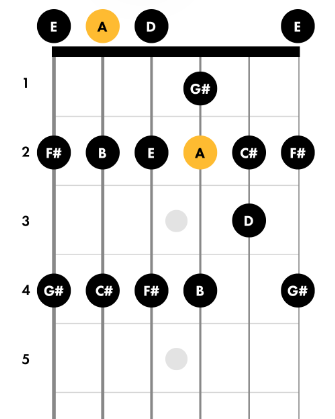
- To start playing the A major scale in the open position, begin with an open note on your A string
- Then place your middle finger on the second fret of the same string.
- Simply follow the tab to continue playing the scale.
Position 2 (4th Position)
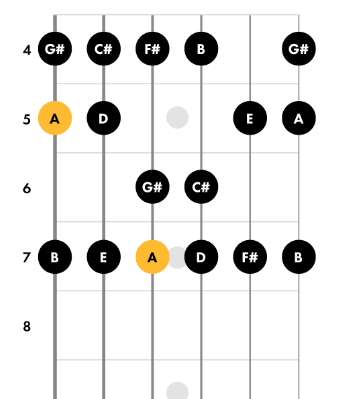
- To play the A major scale in the 4th position, place your middle finger on the 5th fret of your low E string.
- Next, place your index finger for notes on the 4th fret,
- Place your ring finger for notes on the 6th fret
- Finally, your pinky finger is for notes on the seventh fret.
Tips To Exercise The A Major Scale
To truly internalize and excel at the A major scale, repetition is key. Take your time and focus on fretting each note cleanly while ensuring proper finger placement. As your fingers gain strength and the scale’s pattern becomes more familiar, gradually increase your speed. Using a metronome during practice sessions can help maintain a steady tempo.
It’s beneficial to switch between the two A Major Scale positions you’ve learned, paying attention to the pitch variations as you play the same notes in different positions on the fretboard.
Moreover, once you’ve mastered the scales with your fretting hand, use your scale practice to refine your picking technique. Experiment with alternate picking or challenge yourself with syncopated rhythms. Consistent scale practice will enhance finger strength, agility, and ear training. Keep practicing regularly, and you’ll notice significant improvements over time.
Interested in taking your guitar skills to the next level? Click the below and book a free lesson with us! We’re committed to helping you express yourself freely on the guitar without endless scales and theory. Happy playing!
Author: Daniel Powers Jr, the founder of Real Brave™, serves as the chief inspiration to thousands of students in the Real Brave music instruction program. He’s also the visionary behind PracticePad™, an online platform for live one-on-one online music lessons, lesson tracking, and scheduling. Beyond his entrepreneurial pursuits, Daniel leads a non-profit organization that provides formerly homeless children with access to music education, making a profound impact on their lives. His unwavering dedication to music, innovation, and education continues to inspire individuals to reach their fullest potential while creating positive change in communities. Follow Real Brave on all the socials:
youtube.com/@realbraveinc
twitter.com/realbraveinc
https://www.tiktok.com/@realbraveinc
instagram.com/realbraveaudio
facebook.com/realbraveinc

